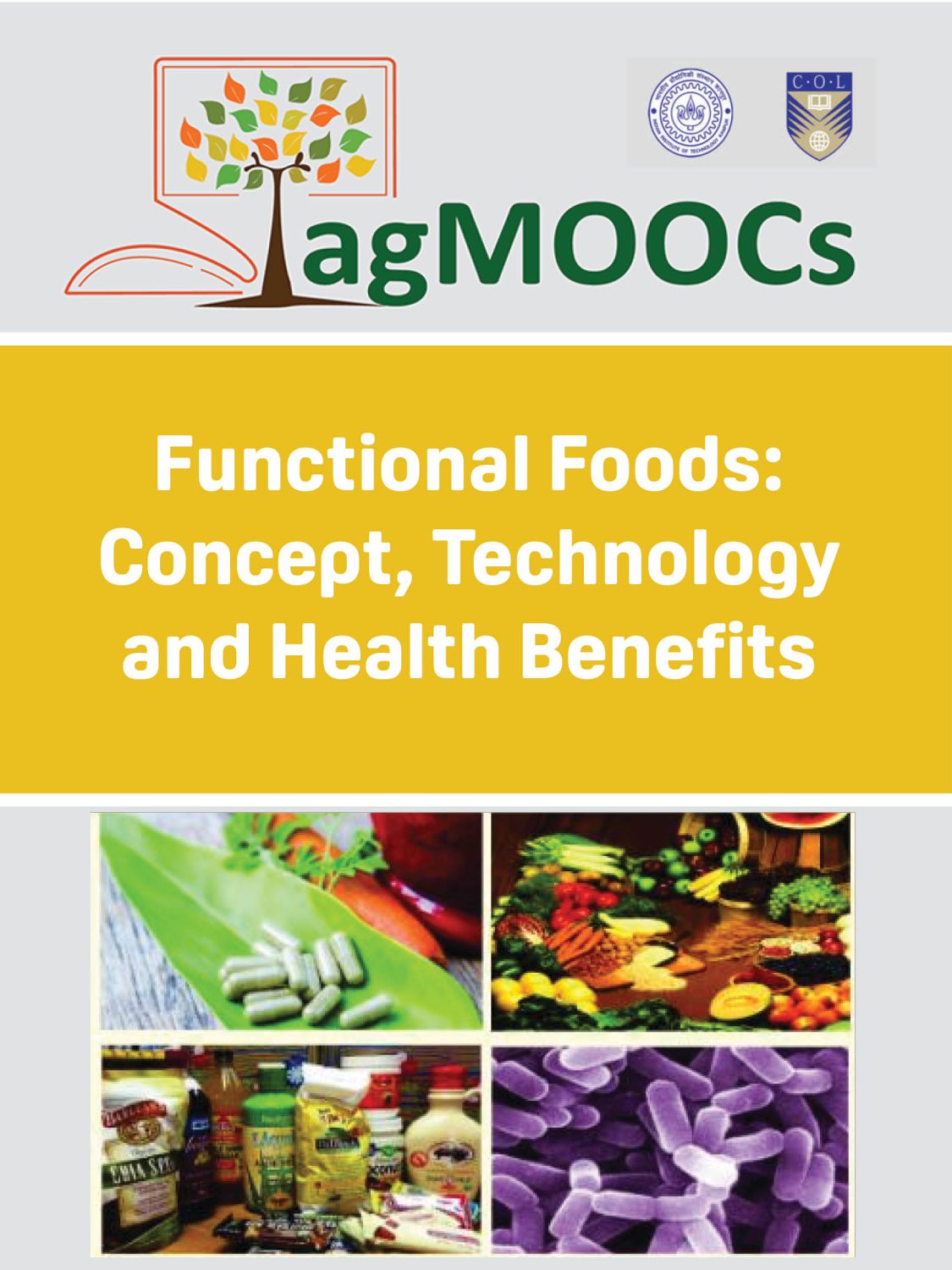Functional Foods: Concept, Technology and Health Benefits

Due to increased cost of health-care and lifestyle related diseases, the consumers are shifting towards the functional foods for health promotion and disease prevention. Functional foods are prepared to promote health by targeting a physiological process that may help in disease prevention. With the expansion of food industry, the use of functional foods in healthcare is increasing day by day and consumers are now health-conscious & preferring functional foods as a first line of defense against diseases rather than the pharmaceuticals. So the consumers are changing their mindset towards “Prevention is better than cure”. Many functional compounds have been reported for prevention and curing of these diseases. Carotenoids, lutein, lycopene, soluble and insoluble dietary fibers, plant sterols, conjugated lenoleic acid (CLA), β-lactoglobulin, lactoferrin are few of the examples of functional food ingredients. Other functional food components like probiotics, prebiotics and synbiotics are also important. Various probiotics appear to induce anti-inflammatory responses which inhibit carcinogenesis and also improve the biological defense mechanisms.
Contents
Book Information
Book Source
This book is a cloned version of Functional Foods: Concept, Technology and Health Benefits by Center for Development of Technical Education, IIT Kanpur and Commonwealth of Learning (COL), published using Pressbooks by Commonwealth of Learning (COL) under a CC BY-SA (Attribution ShareAlike) license. It may differ from the original.
License
Functional Foods: Concept, Technology and Health Benefits Copyright © by Center for Development of Technical Education, IIT Kanpur and Commonwealth of Learning (COL) is licensed under a Creative Commons Attribution-ShareAlike 4.0 International License, except where otherwise noted.
Subject
Dietetics and nutrition

